F-150 Raptor Front Mount Intercooler Development
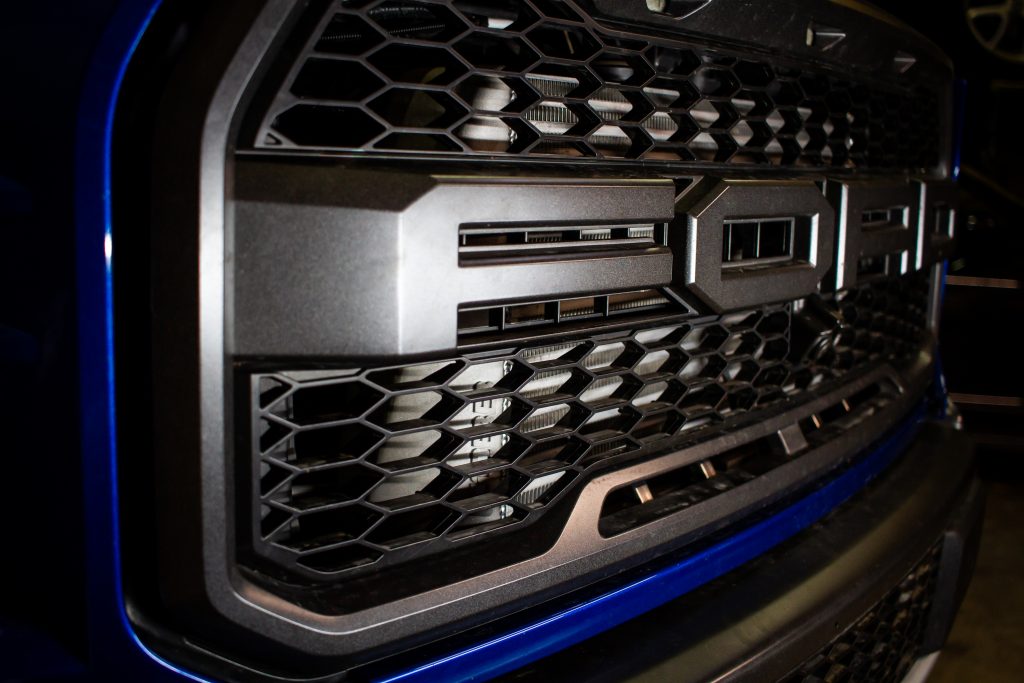
When it was first announced the second generation of the F-150 Raptor would come equipped with an EcoBoost powerplant we knew it was only a matter of time before the truck would be in the COBB stable. After some initial ECU development it was time to gain some insight into how well its factory components worked and whether they could be improved. As with other vehicles running an EcoBoost powerplant, the front mount intercooler was highest on the list to investigate.
Dyno Testing
The intercooler plays a crucial role in any turbocharged gasoline powerplant. Its function is to cool the charged air coming from the compressor side of the turbo prior to it entering the intake manifold. With other ecoboost vehicles, the stock FMIC quickly succumbs to heat soak greatly sacrificing performance. This same issue is present with the Raptor FMIC. Let’s examine the efficiency of the stock FMIC compared to the COBB unit during a single pull on the dyno.
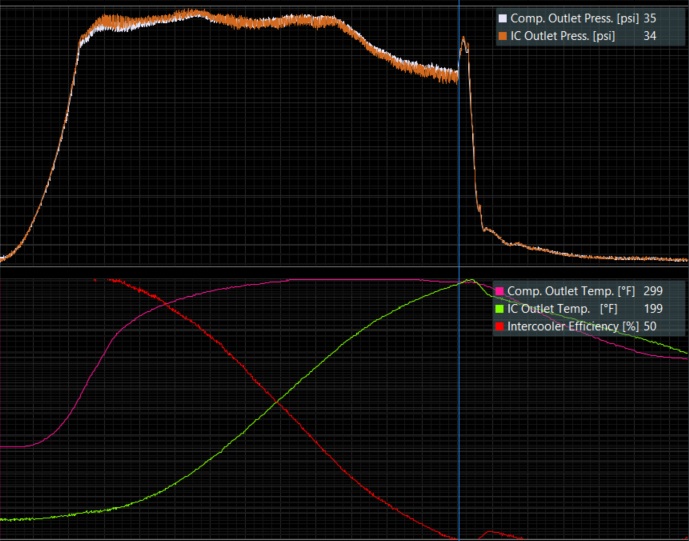
The data above shows the intercooler outlet air temperature with the stock FMIC in green. There is an initial drop in the temperature as wide open throttle is applied. This is due to the increased airflow over the intercooler. But, the heat generated as Boost and RPM rises quickly overcomes what the incoming air can cool through the stock FMIC. This starts a sharp rise in charge air temperature that continues to increase dramatically all the way to redline capping at 199 degrees Fahrenheit. At redline, it’s efficiency is only 50%. Let’s compare that to the COBB FMIC.
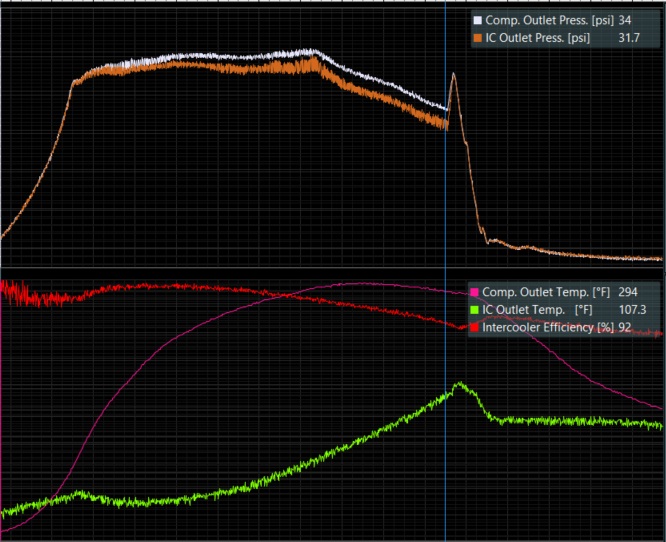
Here we see the COBB FMIC in action! Although the intercooler outlet air temp does rise a little, it peaks out at only 107 degrees Fahrenheit. This maintains a 92% or better intercooler efficiency up to redline! This is a substantial difference in the reduction of charge air temperature which offers a great deal in performance gains. These two pulls were made the same day in 95 degree ambient air temperature.
Real World Testing
Real world conditions can sometimes vary with what is produced in a dyno cell. For that reason, we also explored some real world testing. Below is data from a full day of off-road racing. It compares the average charge air temperature relative to specific air intake temperature at different speeds. The day started with the stock FMIC. Several runs over the same course were performed and logged. The COBB FMIC was then installed that afternoon and the same course was run and logged.
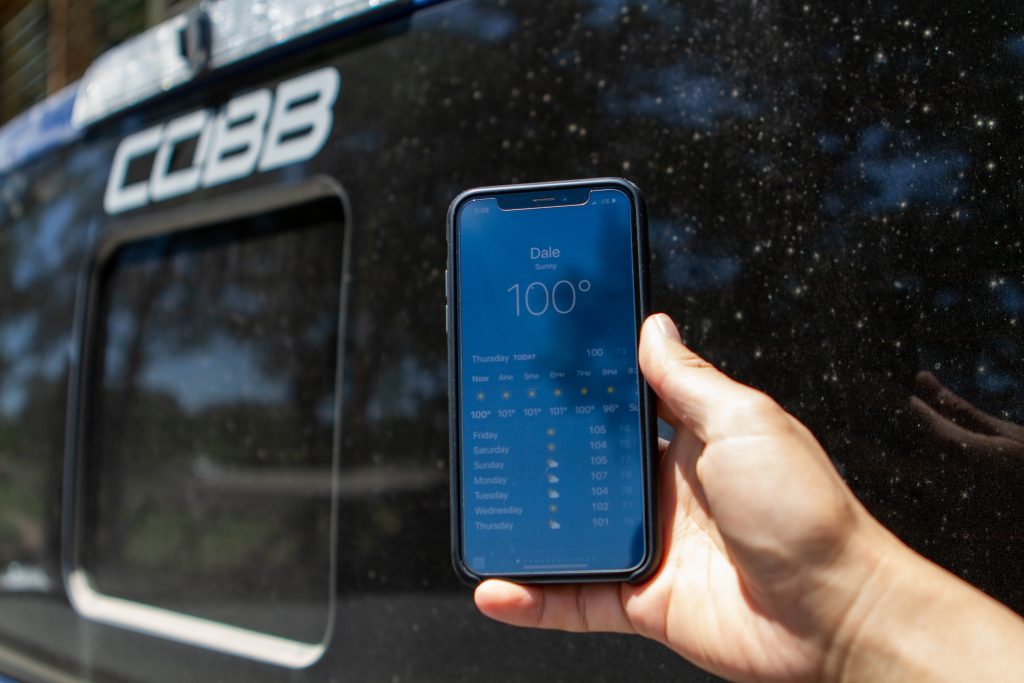
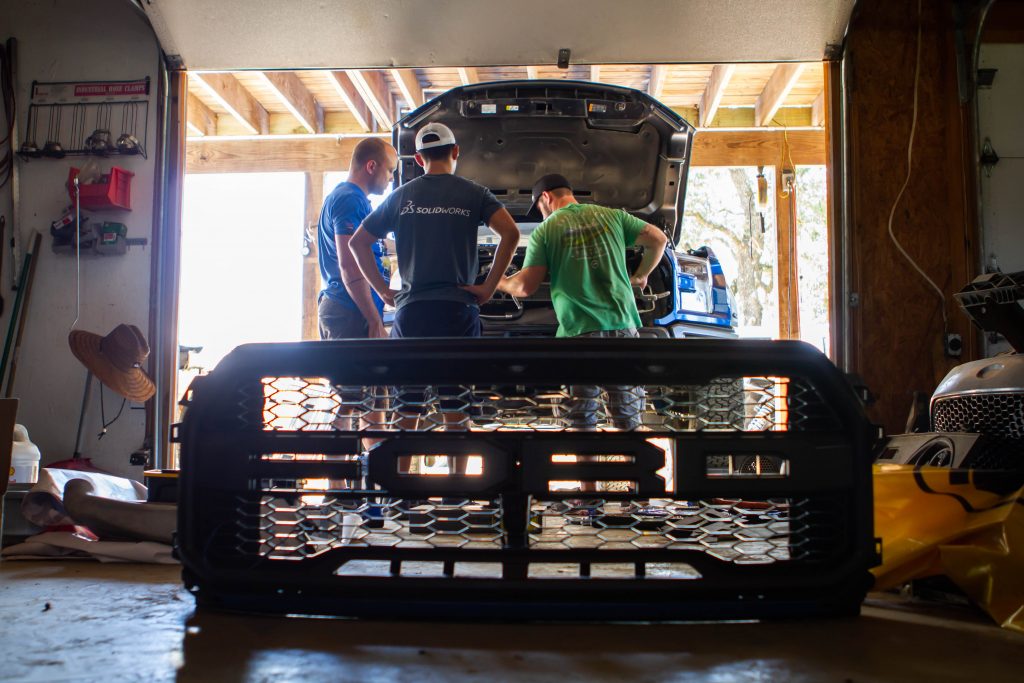
Charge Air Temperature Comparison
|
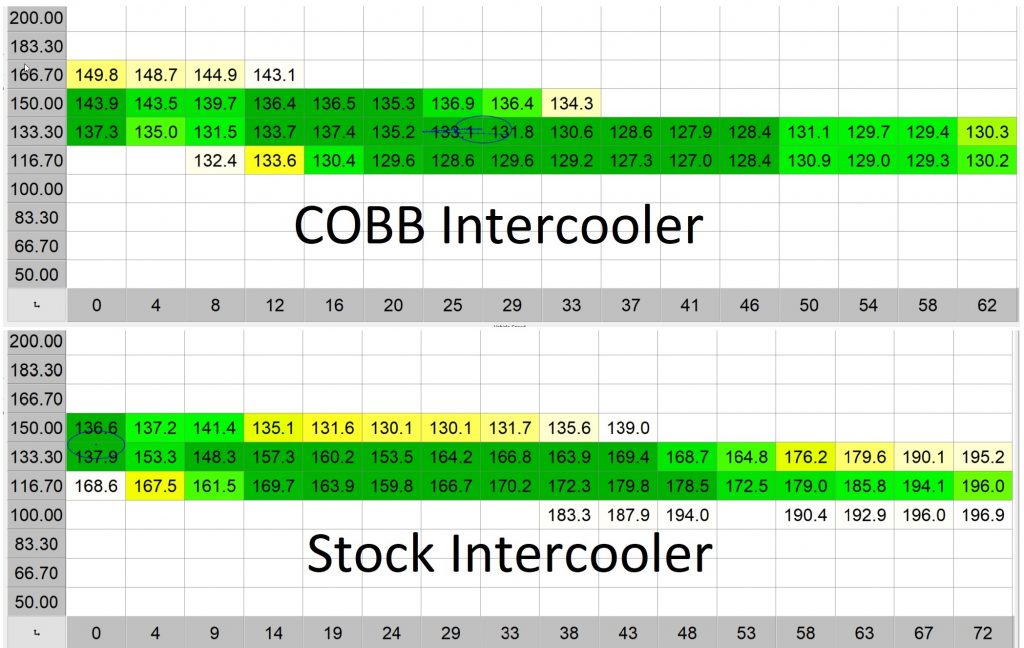 |
Despite the hotter ambient air temps, the COBB unit did a great job relative to the stock FMIC to keep the charge air temps to a minimum. One noteworthy case is that when at or near stationary(0-4 vehicle speed), the stock FMIC does keep charge air temps slightly lower. This is due to the stock intercooler fans. These must be forgone in order to increase core size. This trade-off is of benefit overall as shown with significantly cooler charge air temps when the vehicle is in motion. As expected, the greater the speed, the greater the charge air temp delta the COBB FMIC provides.

Will the truck feel quicker, more responsive, or powerful with this IC?
Hi Juan,
It’s unlikely you’ll be able to feel a difference with just the intercooler. If you tune the truck with the Accessport and install the intercooler, the difference will be night and day.
Kyle@COBB
Looking to install an intercooler along with an access port. Would I see better performance out of the front mount intercooler that’s just in front of the radiator or the lower factory position?
Hi David,
An upgraded intercooler, in either position, will yield very similar benefits in performance.
Kyle@COBB
Would the accessport/intercooler/cold air intake void a factory warranty?
Hi Michael,
Only your dealer can give you the correct answer. Some are ok with aftermarket parts and some are not.
Kyle@COBB
I purchased a used 2018 Ford F-150 Raptor that has this intercooler installed. A fitting the connects the hose came lose and rubbed up against the alternator causing a hole in the hose. Need a replacement hose as well as the fitting that holds the hose.
I can send you the photo of the hose and the fitting we need.
Would also like to know if the hose has been redesigned as it does put pressure on the fitting which is why we believe the fitting failed.
Hey Mike! Sorry to hear of the troubles, it looks like you’ve already contacted our Customer Service team so we’ll get you squared away.
Marshall@COBB
Should i tune the car if i want to fit the cooler
Tuning is not required when upgrading the intercooler on your Raptor however we do recommend it in order to take full advantage of the increased cooling capacity of the upgrade.
Marshall@COBB
Are there any differences in power gains between Products 7F2500-BK and 7F1527-BK?
I am looking to upgrade my intercooler and tune my truck, possibly even a CAI, but I don’t know which intercooler to choose and the price differences between the two intercoolers COBB offers doesn’t help me make up my mind much at all. On one hand, one is (currently) $995 and the other is $1,450 but there’s no real information on if the more expensive one is better than the cheaper one.
Hey Dylan!
No power differences between the two when using our OTS files or even with custom tuning. It’s possible some of the bigger power applications (big turbos) may see some benefit to the larger relocated core. The main driving point for the relocated core is for those who go with a frame cut bumper or happen to be driving in extreme climate where frontal surface area is necessary.
Marshall@COBB